When visiting Hoi An, travelers cannot miss the chance to explore Thanh Ha pottery village, which has a history of over 500 years. With a tranquil and ancient atmosphere, the village has preserved its original beauty since its early days. What makes Thanh Ha pottery village so special and appealing that it attracts a large number of visitors? Let’s explore this famous tourist destination in Hoi An with DanangPrivateCar.com’s in the following article!
Table of Contents
Introduction to Thanh Ha Pottery Village
- Address: Pham Phan, Thanh Ha, Hoi An, Quang Nam
Thanh Ha is an ancient and peaceful village located along the Thu Bon River. This place is renowned for the traditional pottery craft that has been practiced since the 16th century. Despite the various historical periods, Thanh Ha pottery village has successfully preserved the ancestral art of pottery making. When visiting this place, you will feel the tranquility and ancient charm as if stepping back in time.
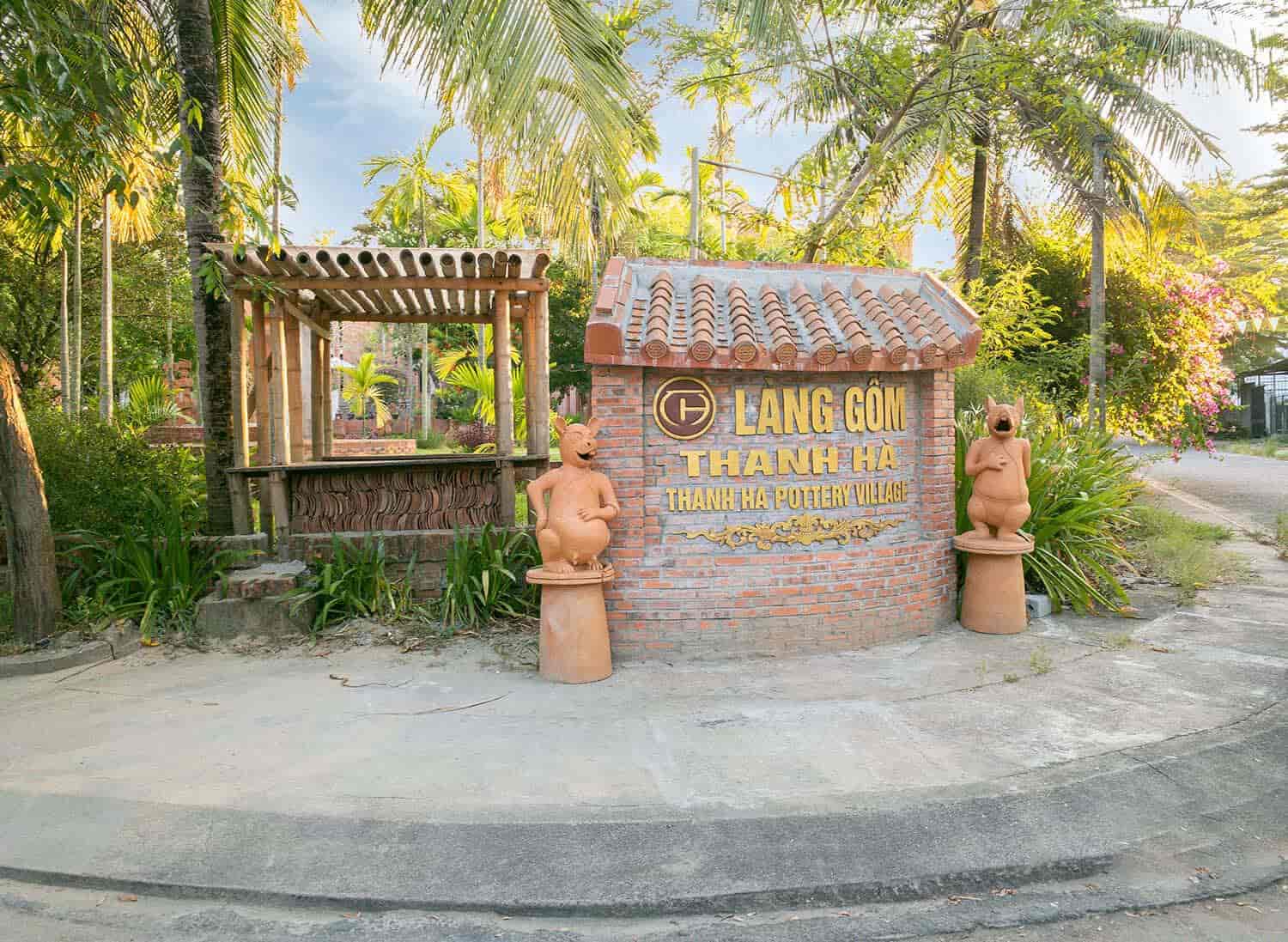
Thanh Ha Pottery is unique in that the products belong to the raw pottery category, meaning they do not use external glazes. The pottery is crafted from a special type of brown clay, dense, flexible, and with high adhesive properties. Strolling through the ancient streets of Hoi An, you will notice along the historic streets a consistent brown, deep yellow, and rich red hue, characteristic of the clay, wood, and tile colors made from Thanh Ha Pottery.
While there are not many individuals practicing the traditional craft today, some artisans still passionately preserve the techniques of ancient pottery making. These individuals have revived the pottery village and turned it into an attractive tourist destination for all visitors. Thanh Ha Pottery Village is not only a sightseeing spot but also offers many exciting activities for you to experience and explore.
History of Formation and Development of Pottery Village
History of the Formation of Thanh Ha Pottery Village
The residents of Thanh Ha mainly originated from the regions of Thanh Hoa, Nam Dinh, and Hai Duong, settling there from the late 15th century. During this period, porcelain and earthenware were essential items for a significant portion of the population. According to local residents, initially, the pottery village was formed in Thanh Chiem village and later moved to Nam Dieu due to Feng Shui considerations. Nam Dieu translates to the pottery kiln located to the south.
The village still retains the relics of the ancestral craft temple. Every lunar New Year’s Day, on the 10th day of the first month, villagers organize a Spring festival to pray for a peaceful new year and the prosperity of the craft village.
The Development Process of the Pottery Village
For many centuries, the pottery and tile-making craft in Thanh Ha became renowned both in the Quang region and internationally. When the Nguyen Dynasty selected Phu Xuan as the capital, many artisans were called upon to participate in the construction of the Hue Imperial City.
In the past, Thanh Ha Pottery Village had 30 pottery wheels, hundreds of kilns, and thousands of skilled artisans. Today, the village only has 8 pottery kilns with 35 workers, including 10 skilled craftsmen. Regarding tile production, there are currently 74 households with 455 workers in blocks 3, 4, 5, and 6 of Thanh Ha ward. Thanh Ha Pottery Village, with over 500 years of formation and development, remains one of the captivating destinations in Hoi An
How to Get to Thanh Ha Pottery Village
Thanh Ha Pottery Village is located on the outskirts of the ancient town of Hoi An, approximately 3km west of the Old Town center. With this distance, you can easily reach the village by motorbike or car within a 10-minute drive.
To reach Thanh Ha Pottery Village from the Old Town center, follow Hung Vuong Street and then turn onto Duy Tan Street. At the intersection, you will see a sign directing you to the pottery village. Follow the signs for a short distance, and you will arrive at your destination.
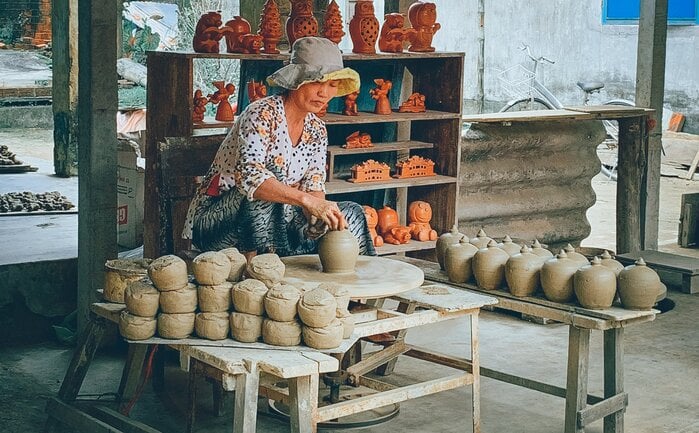
If you are in Da Nang, you can also rent a private car in Hoi An from VnCarRentals.com. Our driver will pick you up anywhere in Da Nang, such as hotels, the airport, or the train station, and swiftly and safely take you to Thanh Ha Pottery Village. Using our private car service not only saves you time but also allows you to make stops along the way to visit attractions such as Marble Mountains, My Khe Beach, etc. Book a car rental service from Da Nang to Hoi An today to explore Thanh Ha Pottery Village to the fullest.
Ticket Prices and Opening Hours
Opening hours: From 8:30 am to 5:30 pm
Ticket prices:
- Adults: 40,000 VND per person
- Children, students: 20,000 VND per person
Note: The ticket prices include the electric car service to the village, visiting the relics of Nam Dieu Temple, the relics of Xuan My Communal House, observing pottery craftsmen at work, trying pottery glazing firsthand, molding to he (a traditional toy), and receiving one pottery product as a gift.
The ideal time to visit Thanh Ha Pottery Village
Hoi An’s weather is divided into two seasons: the rainy season and the dry season. The dry season runs from February to August, while the rainy season spans from September to January of the following year. Therefore, the best time to visit Thanh Ha Pottery Village is from February to April. During this period, Hoi An experiences sunny weather and cool air. These conditions create an ideal environment for you to explore the pottery village and engage in various enjoyable outdoor activities.
What Makes Thanh Ha Pottery Village Attractive?
Admire Pottery Artisans at Work
Upon visiting, you will witness the intricate process of creating beautiful products through the skilled hands of artisans. From a block of clay near the Thu Bon River, artisans shape the clay on the pottery wheel with great finesse. After shaping, the products are taken outside to dry in the sun.
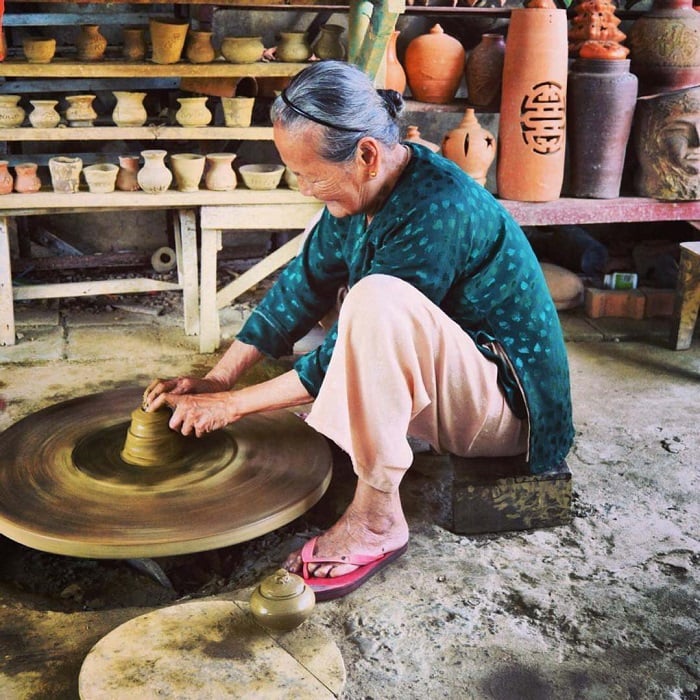
Once dried, the pottery is brought back for carving and decorating with unique characteristics of Thanh Ha Pottery Village. Next, the pottery undergoes thorough drying before being placed in the kiln. The average firing time for a batch is about 15 days.
Hands-On Pottery Experience
A trip to Thanh Ha Pottery Village would not be complete without personally crafting a pottery item. Here, you will experience every stage of creating a finished product. It starts with kneading the clay into a mold, then shaping it on the pottery wheel before being placed in the kiln. This will be a memorable souvenir from your visit to Thanh Ha Pottery Village.
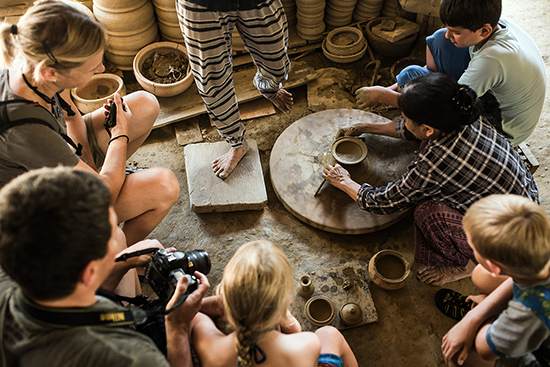
Explore the Thanh Ha Terracotta Park
Thanh Ha Terracotta Park is considered the largest pottery museum in Vietnam, designed by architect Nguyen Thanh Ha – a native of the pottery village. Since its opening, the park has welcomed a large number of visitors for sightseeing and virtual check-ins.
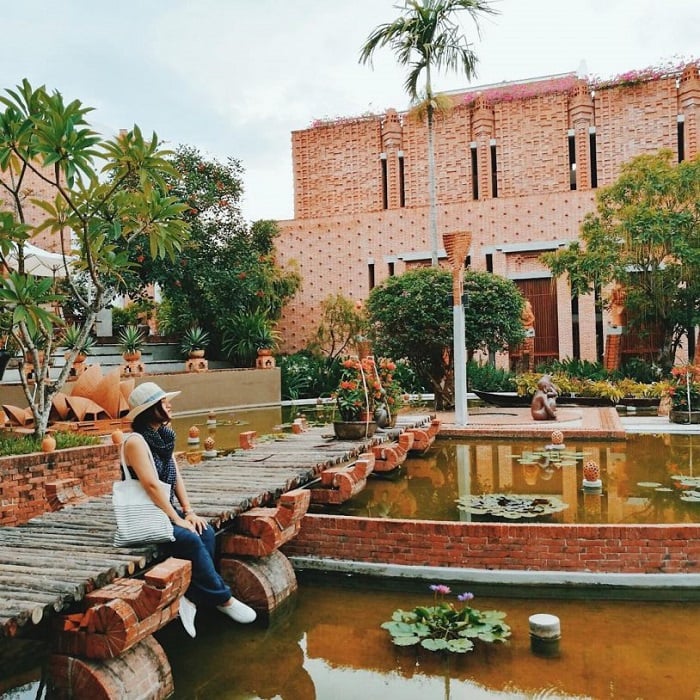
Upon entering the Terracotta Park, you will sequentially discover the unique spaces of the pottery museum, including the Pottery Kiln Area, Miniature World Area, Arranged Garden Area, Craft Village Museum Area, Sa Huynh – Cham Pottery Area, Traditional Craft Villages Area, Exhibition Area, Craft Village Product Area, and Pottery Market Area.
Here, miniature scenes of famous Vietnamese landmarks and renowned global wonders, meticulously crafted by skilled artisans, are on display. Reproductions of landmarks such as the Perfume Pagoda, Turtle Tower, Taj Mahal, Sydney Opera House, Statue of Liberty, and more are showcased in a spacious, green-filled environment. Additionally, Thanh Ha Clay Park exhibits numerous traditional pottery products from various periods in Vietnam, such as Sa Huynh pottery and Bau Truc pottery.
Purchase Souvenirs
In Thanh Ha Pottery Village, numerous souvenir items and everyday utensils are available for purchase. You will come across stalls displaying items such as bowls, cups, flower vases, fish-shaped containers, and pottery-made toys. Additionally, many specialties of Hoi An, such as Cao Lau and Mi Quang noodles, are incorporated into pottery artworks, adding a unique touch to the pieces.
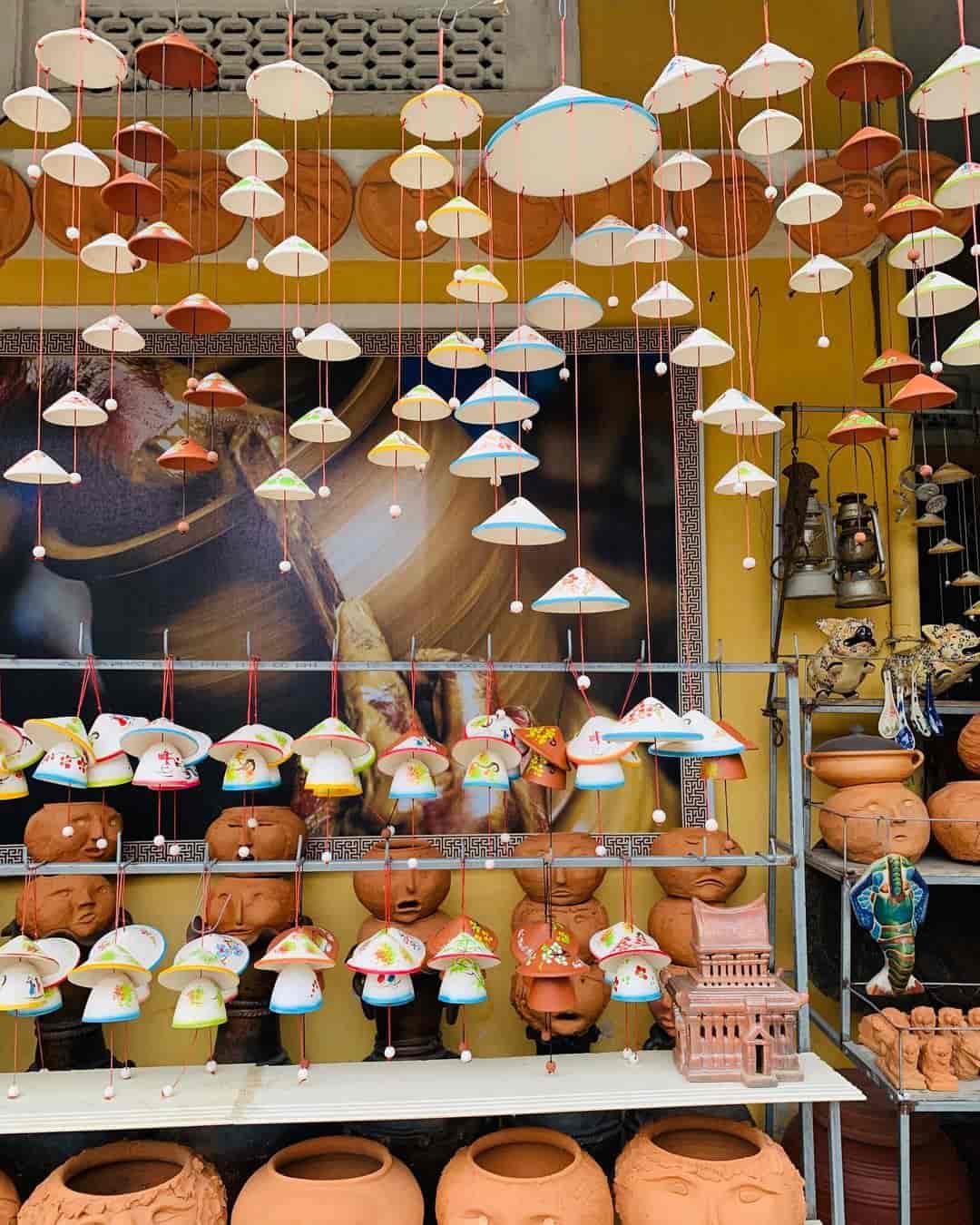
Dining Experience When Visiting Thanh Ha Pottery Village
As a renowned tourist destination in Hoi An, the area around Thanh Ha Pottery Village is surrounded by numerous eateries catering to visitors. You can take a break and enjoy lunch at these establishments, indulging in Hoi An’s specialties such as Cao Lau, Bun Mam Nem, Com Ga (chicken rice), and more. Additionally, you have the option to return to the Old Town for a broader selection of dining and resting places.
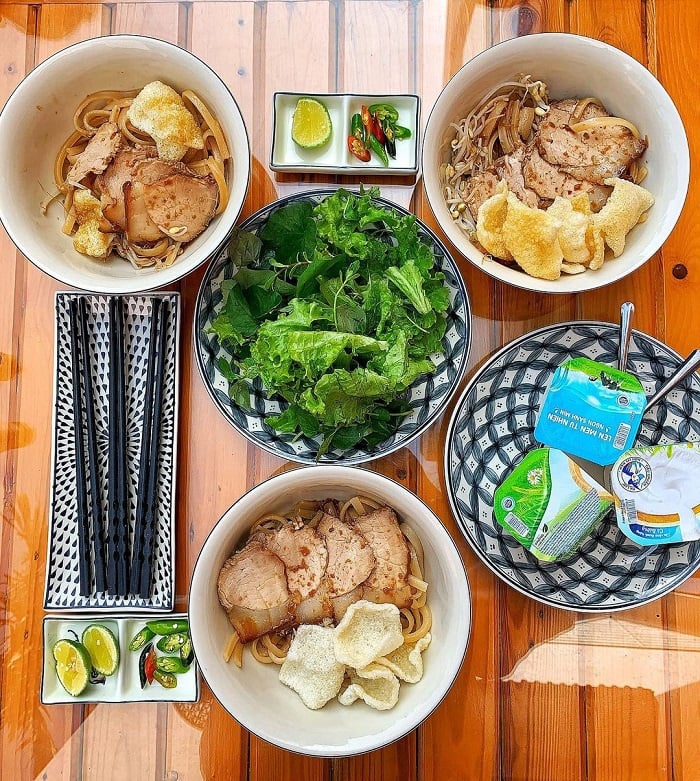
Nearby Places to Thanh Ha Pottery Village
The Thanh Ha Pottery Village in Hoi An is only about 3km from the center of Hoi An’s ancient town. Therefore, after exploring this place, don’t miss the opportunity to visit nearby tourist destinations such as:
Japanese Bridge Hoi An
Located approximately 3.2 kilometers away, Japanese Bridge Hoi An, also known as Chua Cau, is an iconic symbol of Hoi An. This beautifully crafted bridge is famous for its unique architectural blend of Vietnamese, Japanese, and Chinese influences. Visitors can explore its intricately designed structure and enjoy picturesque views of the Thu Bon River.
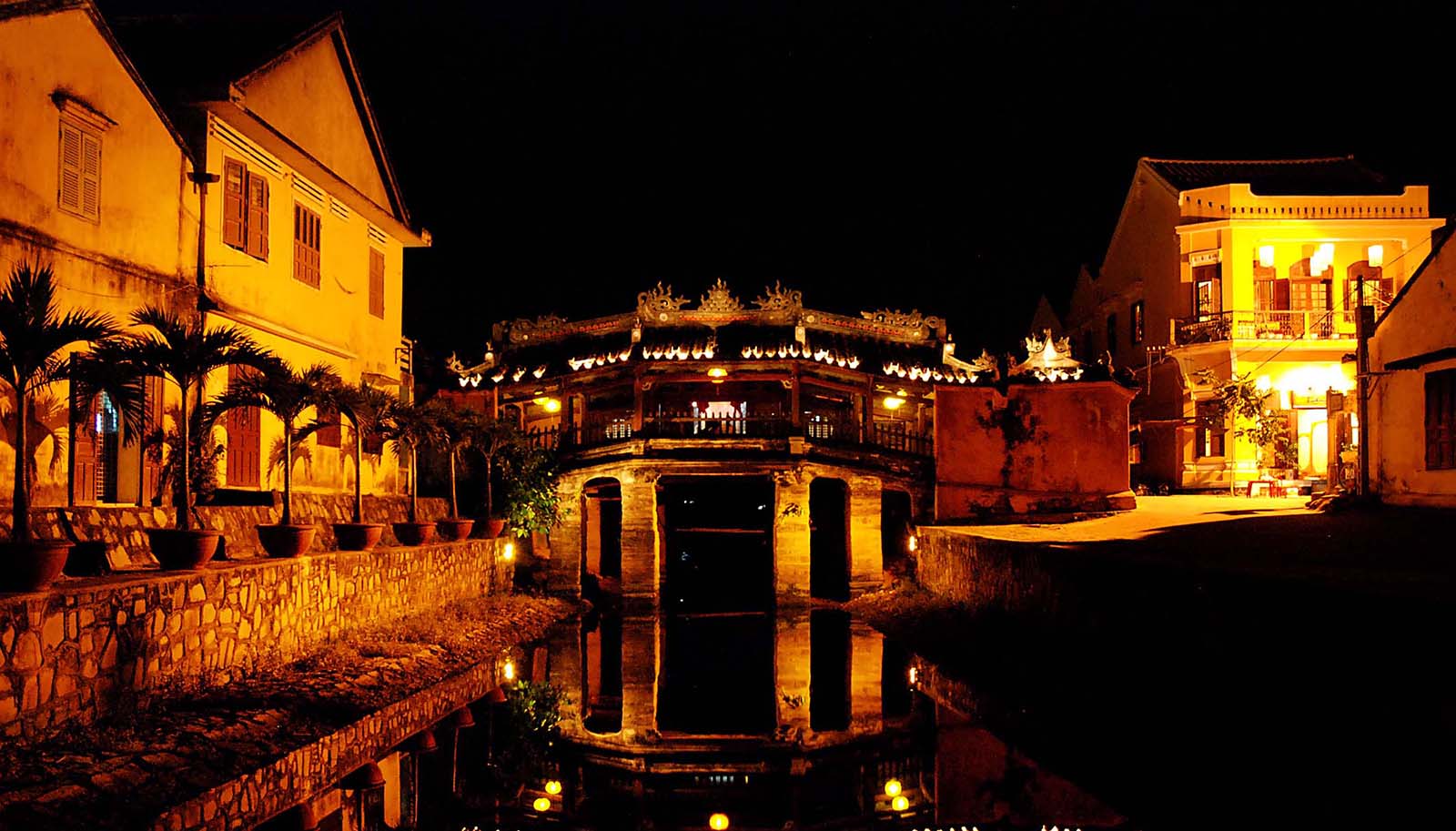
Silk Village Hoi An
Just 3.3 kilometers from Thanh Ha Pottery Village, Silk Village is a captivating destination for those interested in the art of silk production. Here, you can witness the entire silk-making process, from silkworm cultivation to the creation of exquisite silk products. The village also offers opportunities to purchase high-quality silk items directly from local artisans.
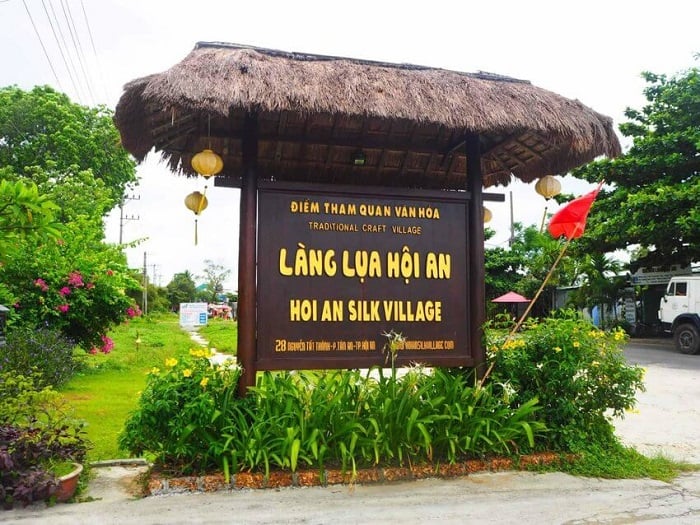
Tan Ky Old House
Situated around 3.6 kilometers away, Tan Ky Old House is a well-preserved architectural gem in Hoi An. This historic house showcases a harmonious fusion of Vietnamese, Japanese, and Chinese design elements. Visitors can explore the intricacies of its architecture, reflecting the cultural diversity that has shaped Hoi An over the centuries.
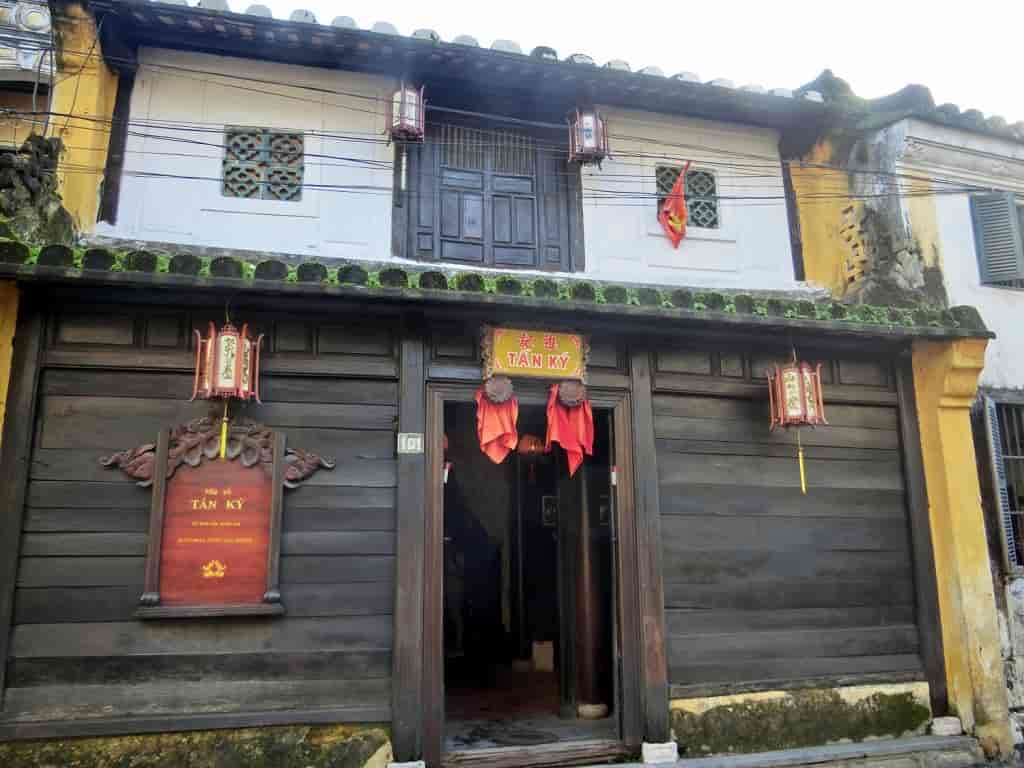
Kim Bong Carpentry Village
Approximately 5 kilometers from Thanh Ha Pottery Village, Kim Bong Carpentry Village is renowned for its traditional carpentry skills. Visitors can witness skilled artisans crafting intricate wooden products, from furniture to decorative items. The village provides insights into the rich heritage of woodworking in Hoi An.
Tra Que Vegetable Village
Located about 6.4 kilometers away, Tra Que Vegetable Village offers a delightful experience for those interested in organic farming. This village is known for its fresh and aromatic herbs and vegetables, cultivated using traditional farming methods. Visitors can participate in farming activities and enjoy farm-to-table culinary experiences in the village.

Note for Traveling to Thanh Ha Pottery Village
For an excellent trip to Thanh Ha Pottery Village, please take note of the following:
- When visiting, you will need to purchase tickets at a price of 35,000 VND per person.
- In addition to observing and learning about the pottery craftsmen, visitors also have the opportunity to directly participate in pottery-making under the guidance of skilled artisans.
- Transportation within Thanh Ha Pottery Village is very convenient. There are also two-way shuttle services available to assist visitors in exploring Thanh Ha Pottery Village in Hoi An.
With its ancient, tranquil atmosphere, and genuine simplicity permeating each product, Thanh Ha Pottery Village is sure to leave you with many unforgettable memories. It is hoped that the information and experiences shared in this article will assist you in planning an exciting and memorable visit.


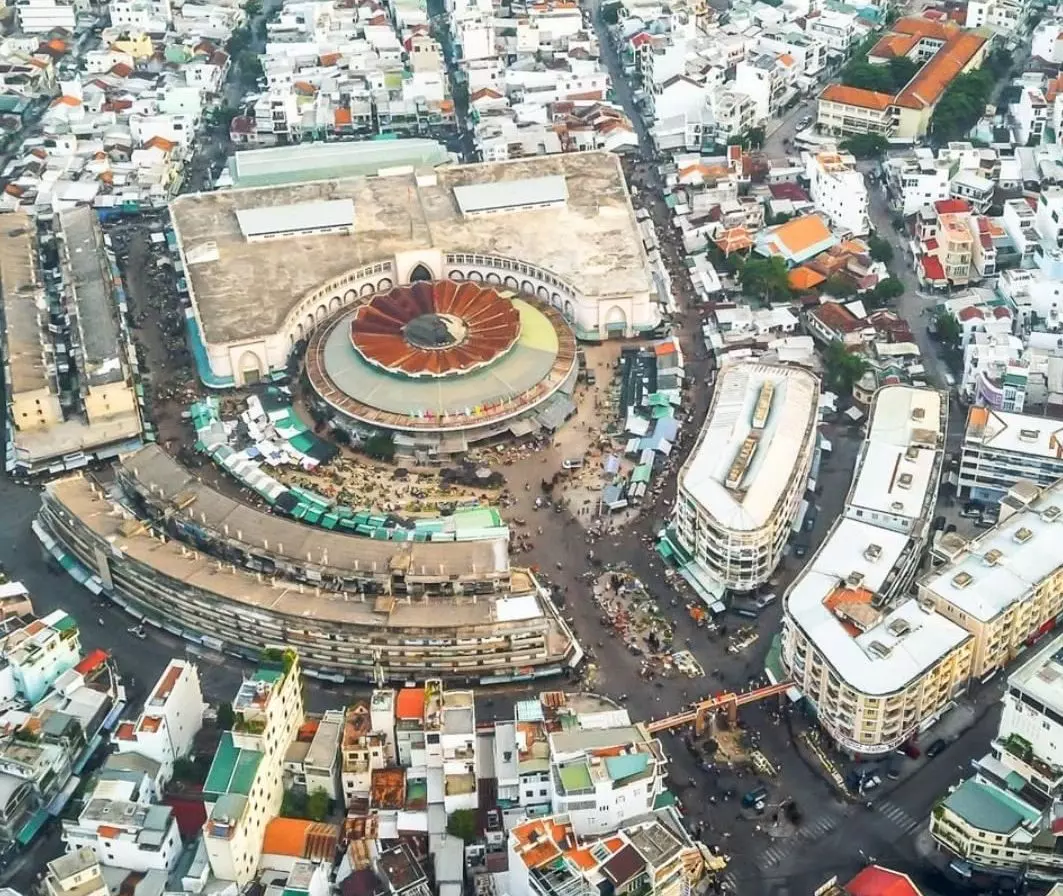
[…] Ha Pottery Village – Located just 3.2 kilometers away, Thanh Ha Pottery Village is a haven for those interested in traditional Vietnamese pottery. Here, visitors can witness […]
[…] Thanh Ha Pottery Village not only allows you to immerse yourself in the rustic countryside atmosphere, choose souvenirs for […]